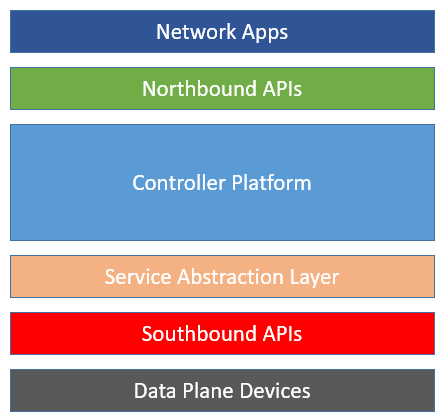
Network management tools often create more frustration for network engineers than problem they can solve. This is true for a number of reasons, including:
- Many of them are difficult to install and maintain
- They are often proprietary and support only a single vendor
- They often lack scalability and reliability
As a result, many engineers give up and instead rely on the command-line interface (CLI) to manage individual switches. An increasing number of network engineers stretch the limitations of those tools by writing scripts in TCL, Perl, Python or other languages.
Of course these engineers are not writing sophisticated software, just scripts that allow them to scale certain tasks, such as reconfiguring multiple switches using a screen scraping of CLI commands.
Scripting is a critical component of many Software Defined Networking (SND) implementations – including that of Cisco Systems with the Application Centric Infrastructure (ACI).
We know that in this technology, Cisco likes to use REST as the Northbound API. Yet Cisco engineers prefer to use Python instead of sending plain vanilla REST calls. This is because Python allows the parsing of command line options and configurations. Of course it is possible to use Python with sample scripts to turn XML into REST calls, but this approach requires formatting the XML configuration files according to the ACI object model. This results in scripts that are shared requiring administrators to have knowledge of this ACI object model.
The Python SDK for ACI permits the creation of scripts with configuration files and command line options that anyone skilled in networking can use. The ACI SDK provides models that enable you to perform all the operations that the Cisco ACI fabric offers with several advantages:
- Python can parse configuration files in whichever format you prefer
- The SDK APIs can be identical over time, while the specific format of the XML object model can change
- You can perform more sophisticated conditional operations, string manipulations, etc
